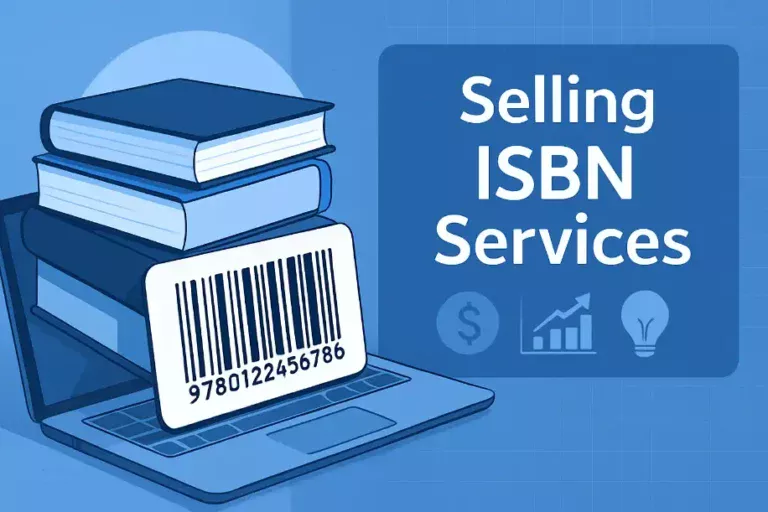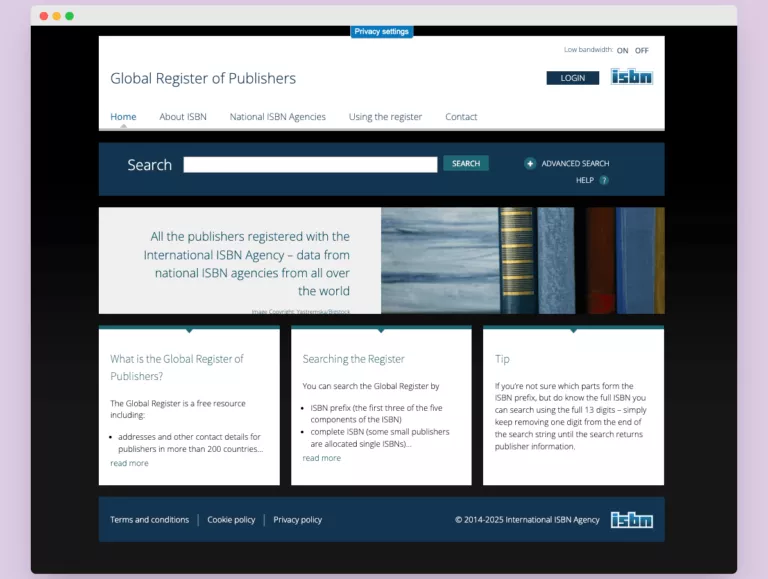In this blog post, I would like to share about the importance of ISBN range data and how the ISBN works. And, How ISBN are distributed around the work while keeping uniqueness and traceability. Looking at ISBN ranges data manually is not easy as it consists of thousand of lines of texts. However, there are tools such as isbnbarcode.org that utilize this data in helping users generate ISBN barcode with correct hyphenation. Without ISBN ranges data, it will be impossible to put hyphens in the ISBN correctly.
Incorrectly hyphenating ISBN doesn’t cause known problems in library cataloguing systems, as most book retail websites and cataloguing systems use ISBN without hyphens for simplicity. However, hyphenated ISBN add value of traceability that tells the audience which country ISBN are obtained from (probably origin of book publisher), and book publisher’s Element.
Below is a breakdown of how ISBN are structured
- Prefix: Typically 978 or 979, aligning with the global book numbering system.
- Registration Group Element: Indicates the country, geographical region, or language area associated with the book.
- Registrant Element: Identifies the specific publisher.
- Publication Element: Specifies the individual title or edition of the book.
- Check Digit: A final digit that validates the ISBN’s accuracy.
ISBN ranges data refers to the system of allocating these elements—particularly the registration group and registrant elements. Managed by the International ISBN Agency, specific ranges of numbers are assigned to registration groups, such as countries or regions. Within each group, sub-ranges are then allocated to individual publishers. This hierarchical structure ensures that every ISBN is unique and traceable to its origin.
Traceability doesn’t help a bookseller ordering stock or a librarian cataloguing, as ISBN are unique even without hyphens. The ISBN ranges data is more help for understanding how the ISBN system works, how unique it is and how it is distributed. A registration group (e.g., a country) might be assigned from a single digit to multiple digits, such as ISBN registration group 99959 belongs to Luxembourg. Read more here.
The third elements in the ISBN are publisher identifier. There are no fixed digits on registration group, registrant element and publication element, its could be single digit to multiple digits. Only the ISBN prefix and check digit have fixed digits of numbers.
In essence, ISBN ranges data is the blueprint that defines which numbers are available to which regions and publishers, forming the backbone of the ISBN system.
Here is how ISBN ranges data is used
- Issuing New ISBNs: Only an ISBN agency can issue a fresh batch of ISBN within their registration group. This ensures the ISBN reflects the correct publisher and region, maintaining global uniqueness.
- Validating ISBNs: By comparing an ISBN to the ranges’ data, it’s possible to confirm its validity. This process reveals whether the number aligns with an assigned range and identifies the associated publisher and region. Validation is vital for avoiding errors in book identification and cataloguing.
- Tracing ISBN origin and ISBN hyphenation: Each ISBN is unique and ISBN range data is used for hyphenating the ISBN number. Hyphenation, makes ISBN humanly readable. Correctly hyphenated ISBN, tell us which country ISBN is issued from and its book publisher.
Software developers can use this data to build software that validates and hyphenates ISBN in streaming the publishing process.
Fortunately, there’s a practical solution available. The blog post at isbnbarcode.org introduces a free ISBN ranges API that provides programmatic access to the latest ranges data. This API is a game-changer for anyone building tools like book cataloguing systems, ISBN validators, or publishing management software. By integrating this API, developers can ensure their applications stay aligned with accurate, up-to-date ISBN information—streamlining processes and boosting reliability.
The ISBN range data is fundamental for anyone working seriously with book metadata. You can utilize this data set if you are a developer working on anything that has to do with book metadata. Learn more about the free ISBN ranges data API.






